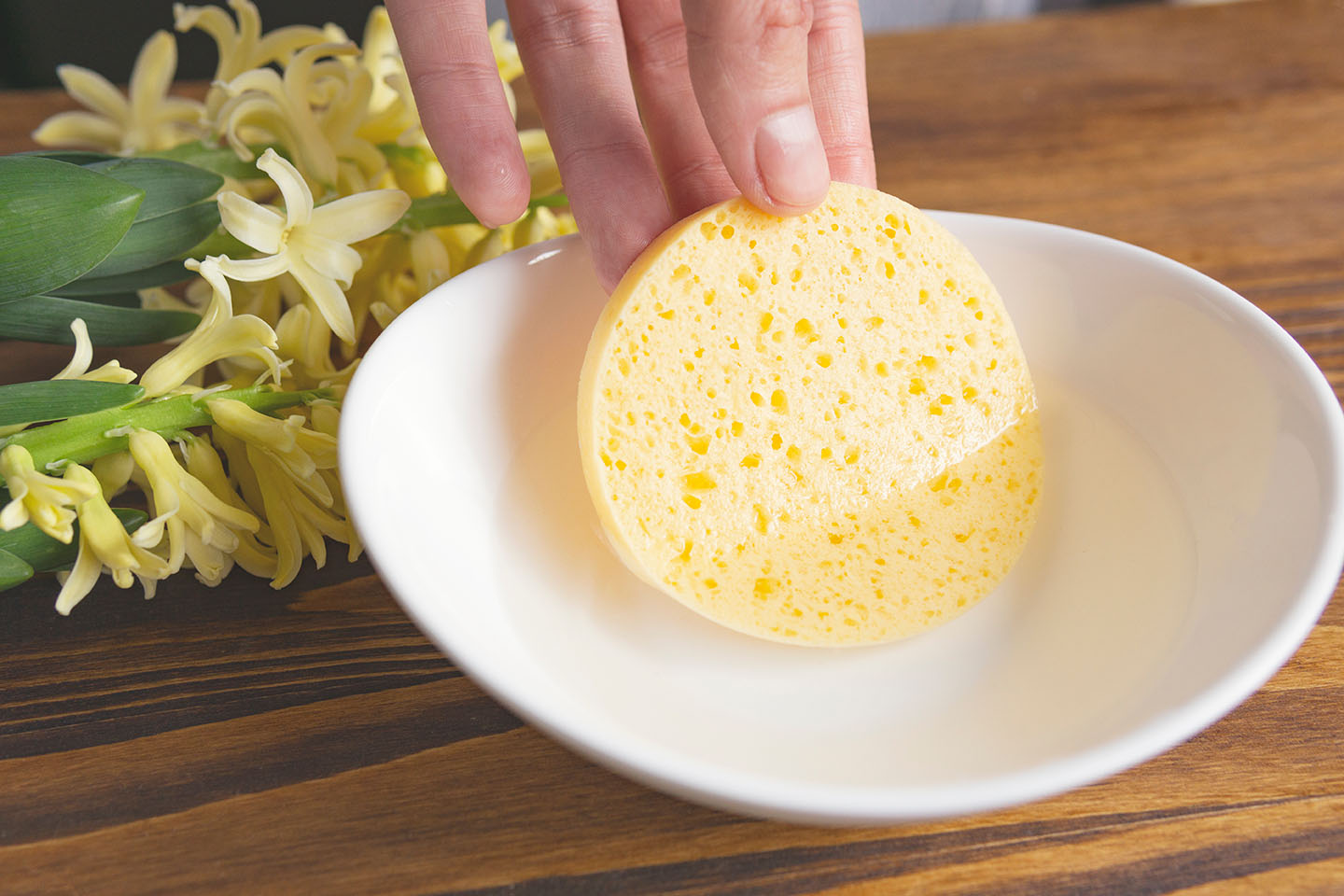
< Back
soak
Definition
Soak is a process of immersing an object in a liquid for a period of time. The liquid can be water, a solvent, or a mixture of liquids. The purpose of soaking is to dissolve or remove impurities from the object, to soften it, or to preserve it.
Soaking is a common technique in chemistry and biology. In chemistry, soaking is used to dissolve solids, to extract compounds from mixtures, and to clean surfaces. In biology, soaking is used to preserve specimens, to remove contaminants, and to facilitate cell division.
Soaking is also a common technique in everyday life. We soak clothes to remove stains, we soak wood to protect it from the elements, and we soak seeds to help them germinate.
How can the word be used?
The sponge soaked up the spilt milk.

Different forms of the word
Verb:
- to become wet or saturated by absorbing liquid.
- to immerse something in liquid.
- to make something wet or saturated by absorbing liquid.
Noun:
- the act of soaking something.
- the state of being soaked.
Etymology
The word "soak" comes from the Old English word "socian", which also means "soak".
The first recorded use of the word "soak" in English was in the 8th century.
The word "soak" is an Old English word, and it is related to the Dutch word "soezen" and the German word "säufen".
Question
What can soak up water?
AQA Science Exam Question and Answer
Question:
Explain the process of osmosis in plant cells and how it is affected when plant roots are soaked in water, discussing the potential outcomes for turgidity and overall plant health.
Answer:
Osmosis is a vital process in plant biology, where water molecules move across cell membranes from areas of lower solute concentration to higher solute concentration. This movement of water helps maintain the balance of water and nutrients within plant cells.
When plant roots are soaked in water, osmosis plays a significant role in influencing the health and turgidity of the plant. Plant roots actively take up water from the surrounding soil through osmosis. When roots are immersed in water, the solute concentration inside the root cells becomes lower than that of the surrounding water. As a result, water flows into the root cells through osmosis, increasing their turgor pressure.
Enhanced turgor pressure due to osmosis results in the expansion and rigidity of plant cells, contributing to upright stems and overall structural support. Adequate turgidity also allows efficient nutrient transport within the plant.
However, excessive soaking can lead to overhydration, disrupting the osmotic balance. Plant cells can become overly swollen, leading to burst cell walls and reduced turgor pressure. This may result in wilting once the plant returns to normal conditions.